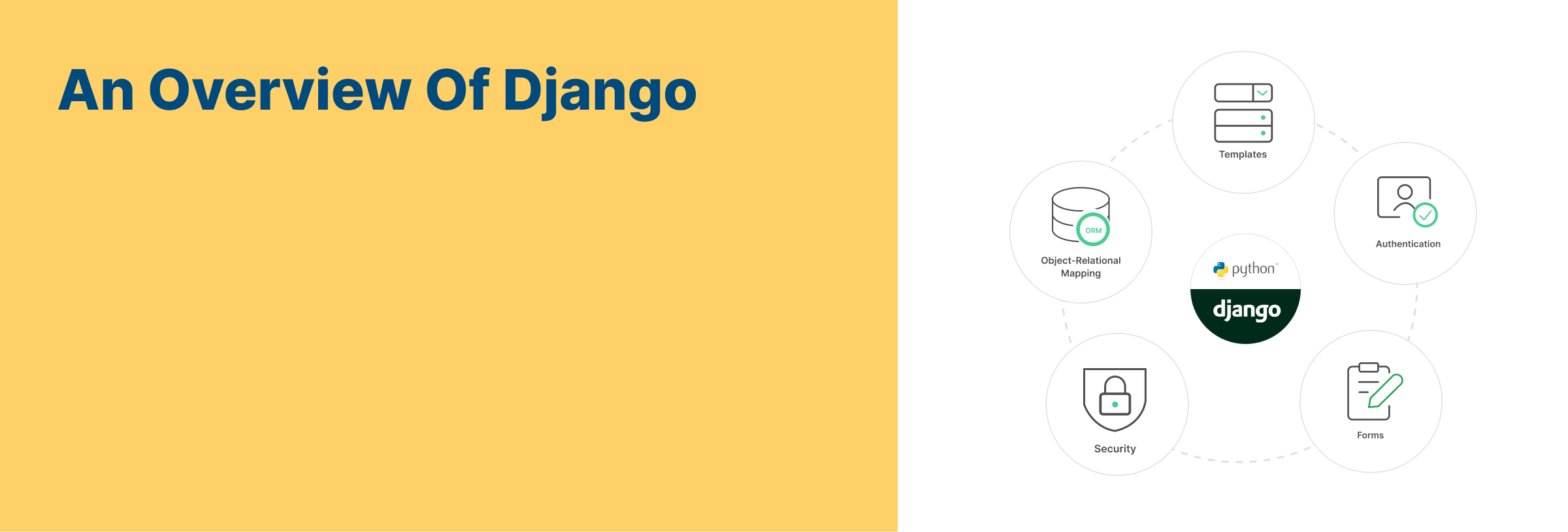What Is a Virtual Machine and How Does It Work?
With Virtual Machines (VMs), we have revolutionized the use and management of computing resources. These software-based simulations of physical computers allow users to run multiple operating systems (OS) on a single physical machine, providing unmatched flexibility, scalability and performance
Understanding virtual machines: How do they work?
At the heart of every VM is a hypervisor, a software layer that runs VMs and manages them. The hypervisor allocates physical resources such as CPU, memory, storage, and network interface to each VM. It also provides a range of virtualized hardware to the guest OS, allowing it to communicate with the host machine’s physical hardware.
When the VM starts, the hypervisor allocates resources to it and loads the guest OS. The guest OS then runs applications and processes, just as it would on a physical machine. The hypervisor ensures that each VM operates independently and securely, and controls the translation of instructions between the guest OS and the physical hardware.
Why are they so popular?
The main advantage of VMs is the ability to combine multiple physical servers into a single host machine. This integration can result in significant cost savings, as fewer physical devices are required to run the same number of OS instances. VMs also offer flexibility, as they can be easily moved or copied between host machines, making them ideal for software development, testing, deployment and other projects
VMs provide high levels of isolation and security. Since each VM is isolated from the others, if one VM is compromised, the others are not affected. VMs can also be easily backed up and restored, ensuring that data is protected in the event of a failure.
Where can they be used?
VMs are used in a variety of applications, from software development to testing to server consolidation and disaster recovery. It is also commonly used in cloud computing environments, where it provides the basis for infrastructure as a service (IaaS) offerings.
In the world of software development, VMs are a valuable tool for building and testing applications in different environments. Developers can easily create VMs with different OS configurations to test their applications on different platforms.
Embracing the future of computing
Virtual machines are how we use and manage computer resources. They offer unmatched flexibility, scalability and performance, making them valuable tools for a wide range of applications. As technology continues to evolve, the role of virtual machines will become increasingly important, driving innovation and enabling users to do more with their computing resources.





